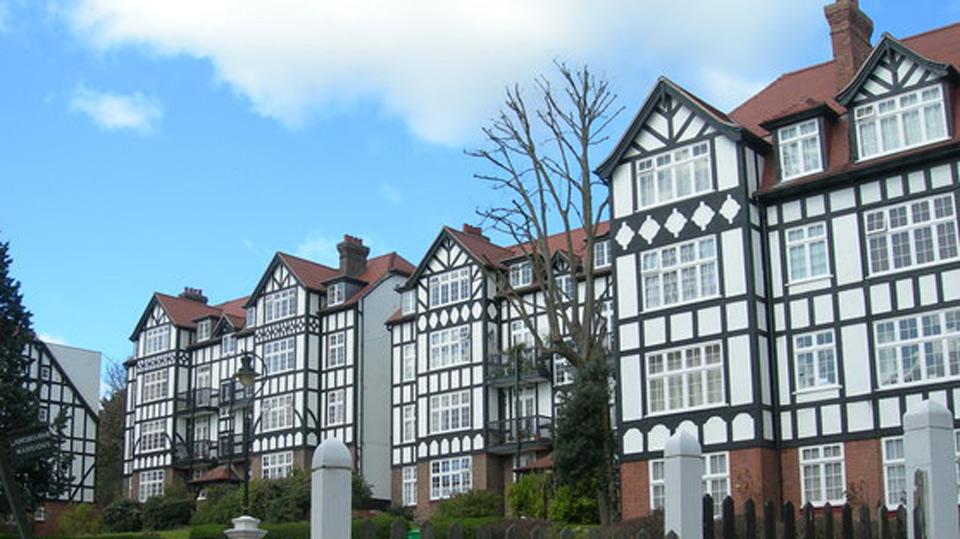How the super-rich are wrecking community cohesion in the UK
Primary page content
Britain's wealthiest neighbourhoods are being divided by super-rich arrivals who embark on destructive building work or leave properties empty for long periods of time, according to research from Goldsmiths, University of London.

Langbourne Mansions, part of the Holly Lodge Estate. Photo credit: Danny Robinson
The study “The Alpha Territory” shows how “areas have changed due to new money” according to author Professor Roger Burrows.
The work in the affluent neighbourhood of Highgate in north London “illustrated a global phenomenon” with the newcomers upsetting more established residents who interact and contribute to their communities.
Professor Burrows, who carried out the research with Goldsmiths Department of Sociology colleague Professor Caroline Knowles, said: “We were interested in the fact that the super-rich do not want to be in a community
“In fact, they are hardly ever even present in their homes.”
The study highlights how many home-owners have traditionally played an active part in the community through the Highgate Society, the Conservation Area Advisory Committee and the Highgate Scientific and Literary Institution.
But the project, which is part of ongoing body of work at Goldsmiths funded by the ESRC, adds that new buyers do not have the same community spirit.
“If you have capital, where do you put it? It is safe in London,” said Prof Burrows. “It is stable, and offers capital gains due to rising house prices. It becomes a safe deposit box – but has consequences for everyone else who lives there.”
The report draws on economist Thomas Piketty’s book Capital, which describes how the world’s wealth is becoming ever more concentrated in the hands of the very few.
Piketty argues this is a return to a situation last seen before the First World War.
Prof Burrows, who is leaving Goldsmiths at the end of December, said that many houses in Highgate village “are occupied for very small periods each year and are hidden behind sophisticated security systems”.
The report produced by Goldsmiths and King’s College London which appeared in the journal Urban Studies identified a lifestyle described as “lite modernism”, which includes ripping out Victorian features and digging out basements to maximise floor space.
The super-rich unconsciously hurt everyone else in the neighbourhood by thinking their money can buy themselves a free pass in the planning process, the report adds.
Prof Burrows said: “Most of them find it frustrating that local politics stops them doing whatever the hell they want. They will do whatever they can to get their own way. This means their behaviour affects everyone. It means the local authority has to defend its perfectly legal planning decisions and that takes resources away from other services, such as schools.
“Constant planning appeals are, even if they are not successful, weakening the local authorities as they are forced to spend time and money on each case.”
For more information on the project visit http://www.gold.ac.uk/cucr/research/super-rich/.